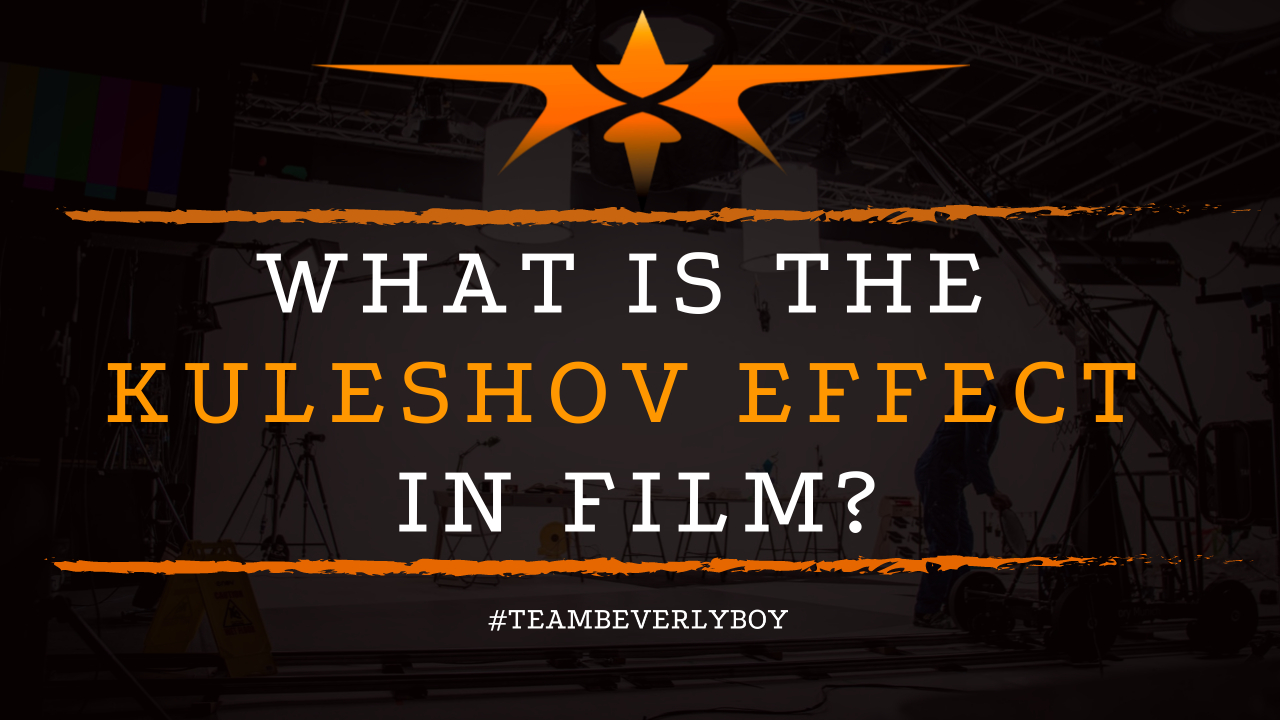
What is the Kuleshov Effect in Film?
If you were to look back at the past Century, you would quickly realize just how far film has come. In all actuality, movies and the film industry are really not that old. Some might say that the technology and techniques are in an infantile state. With plenty of time still to evolve and grow. You might also look back and say, “My, how film has grown!” Particularly, much of the growth in film editing is based on what is known as the Kuleshov Effect. But what is the Kuleshov Effect in film? And how has it impacted filmmaking today?

What is the Kuleshov Effect?
The Kuleshov Effect is a technique that was exposed by Russian filmmaker Lev Kuleshov in 1910. According to Kuleshov, cinema is a distinct art defined by what it was made of. And how the materials that are used to create are organized.
By definition, the Kuleshov Effect represents a cognitive event. That takes place when viewers see a sequence of shots. Rather than just a single shot in isolation.
To prove that sequencing shots in pairs would elicit a particular human response or emotion, Kuleshov set out to experiment in 1921. His theory would become the basis for filmmaking. And particularly for film editing.
Kuleshov proved the film to be a juxtaposition of two shots. Paired together to elicit the desired emotion. He further proved that the shows could manipulate space and time. And that they could also manipulate the audience’s reaction.
How Did the Kuleshov Effect Impact Filmmaking?
Think about today’s films. Each shot is carefully blocked, with composition in mind. To ensure appropriate juxtaposition of each element of a scene. As well as the characters and camera crew. Much of this is thanks to the Kuleshov effect!
Post-Kuleshov-Effect filmmaking would change exponentially now that filmmakers knew they had the power to elicit desired emotions from their audience by simply editing new shots or adjusting camera angles to complement their editing and drive the narratives of their stories.
The Kuleshov Effect essentially proved that the dramatic impact of a film, and the emotions that are drawn from the audience, are not the result of the content contained in the shots making up the film but rather the edits used to join the shots together.
Juxtaposition
Kuleshov would place a lot of focus on the juxtaposition of shots. Today, filmmakers are quite familiar with the potential to induce a particular response from the audience by using various types of montage editing.
This very much originates from one of Kuleshov’s students Sergei Eisenstein, to juxtapose shots and particular clips into a sequence that elicits the desired emotional response.
Impact on Modern Editing
The Kuleshov effect is certainly a fundamental language of film and film editing. As film editors consider the reaction of the audience with each and every transition, cut, and masterful edit that takes place of a film.
It’s hard to envision the film industry today if it were not for the challenges and arguments of Lev Kuleshov approximately 100 years ago! Not only does the Kuleshov Effect represent much of what film editors do today, it reaches far beyond film and is present in nearly everything we do today.
Just scroll social media for a while and see how many memes you pass! Each of them is representative of the Kuleshov effect such that, depending on the context of the image that we see, a different emotional response could be achieved.
It’s all part of the Kuleshov Effect which is present not just in filmmaking, but in so many other uses of imagery in our lives today.


